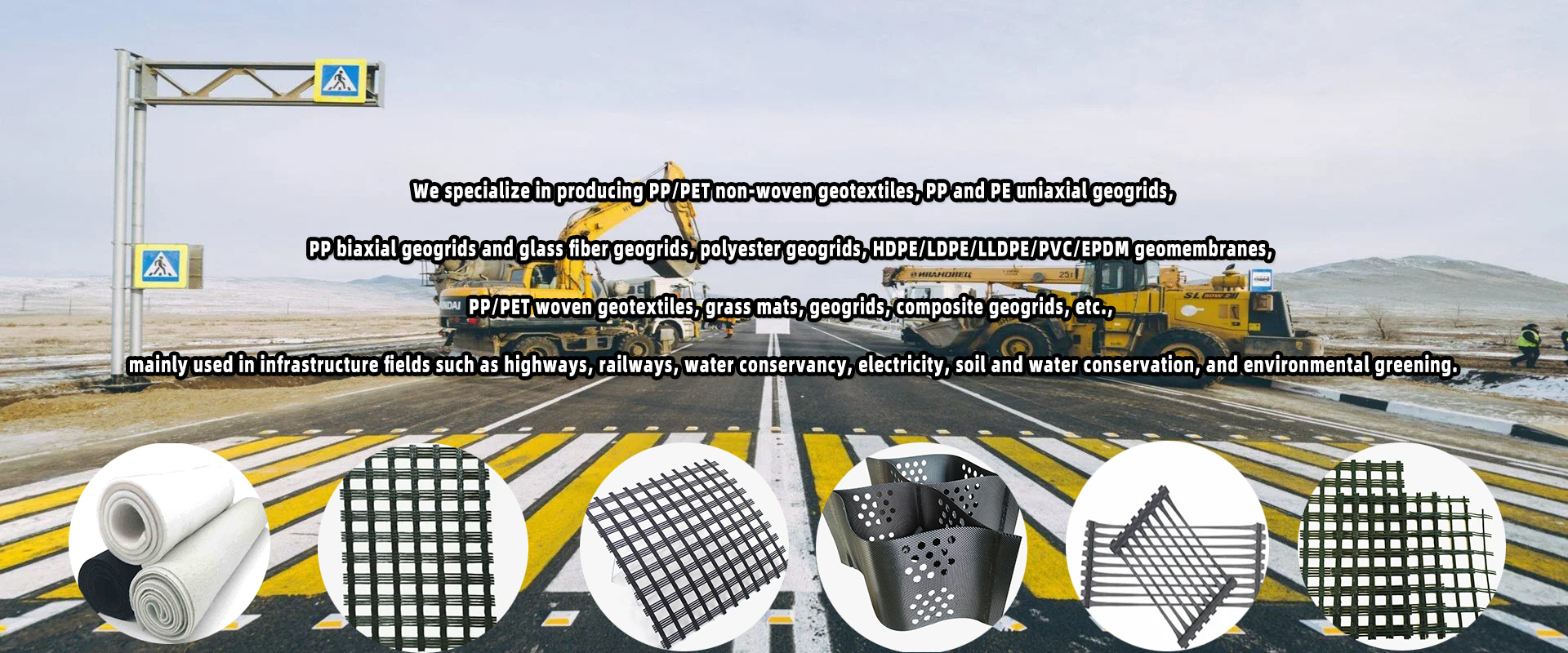Application areas of different models of PP Biaxial Geogrid.
Release time:
2024-11-18
PP Biaxial Geogrid is a type of geosynthetic material that is widely used in civil engineering and construction projects. It is made from high-density polypropylene (PP) and has a unique structure that provides excellent tensile strength and load distribution capabilities. There are various types of PP Biaxial Geogrid available in the market, each designed for specific applications based on their unique characteristics.
One common type of PP Biaxial Geogrid is the standard grade geogrid, which is typically used for soil reinforcement and stabilization in road construction, railway embankments, and retaining walls. Its bi-directional design allows it to distribute loads evenly, preventing soil erosion and improving the overall stability of the structure. This type of geogrid is also suitable for reinforcing asphalt and concrete pavements, helping to extend their service life and reduce maintenance costs.
Another type of PP Biaxial Geogrid is the high-strength grade geogrid, which is specifically designed for heavy-duty applications such as reinforced slopes, reinforced soil walls, and load-bearing structures. With its superior tensile strength and stiffness, this geogrid can withstand higher loads and provide long-term stability to structures under extreme conditions. It is commonly used in applications where high mechanical performance is required, such as in mining operations, landfills, and large-scale infrastructure projects.
In addition, there are also specialized types of PP Biaxial Geogrid available for unique applications. For example, the geogrid with a woven geotextile composite is used for drainage and filtration purposes in road construction and landfill capping projects. This type of geogrid combines the benefits of both geogrid and geotextile materials, providing reinforcement, separation, and filtration functions in a single product.
Overall, PP Biaxial Geogrid offers a versatile solution for a wide range of geotechnical and civil engineering applications. With its high strength, durability, and flexibility, it is an essential component in modern construction projects, helping to improve the performance and longevity of various structures. By choosing the right type of geogrid based on the specific requirements of the project, engineers and contractors can ensure the success and sustainability of their construction endeavors.




